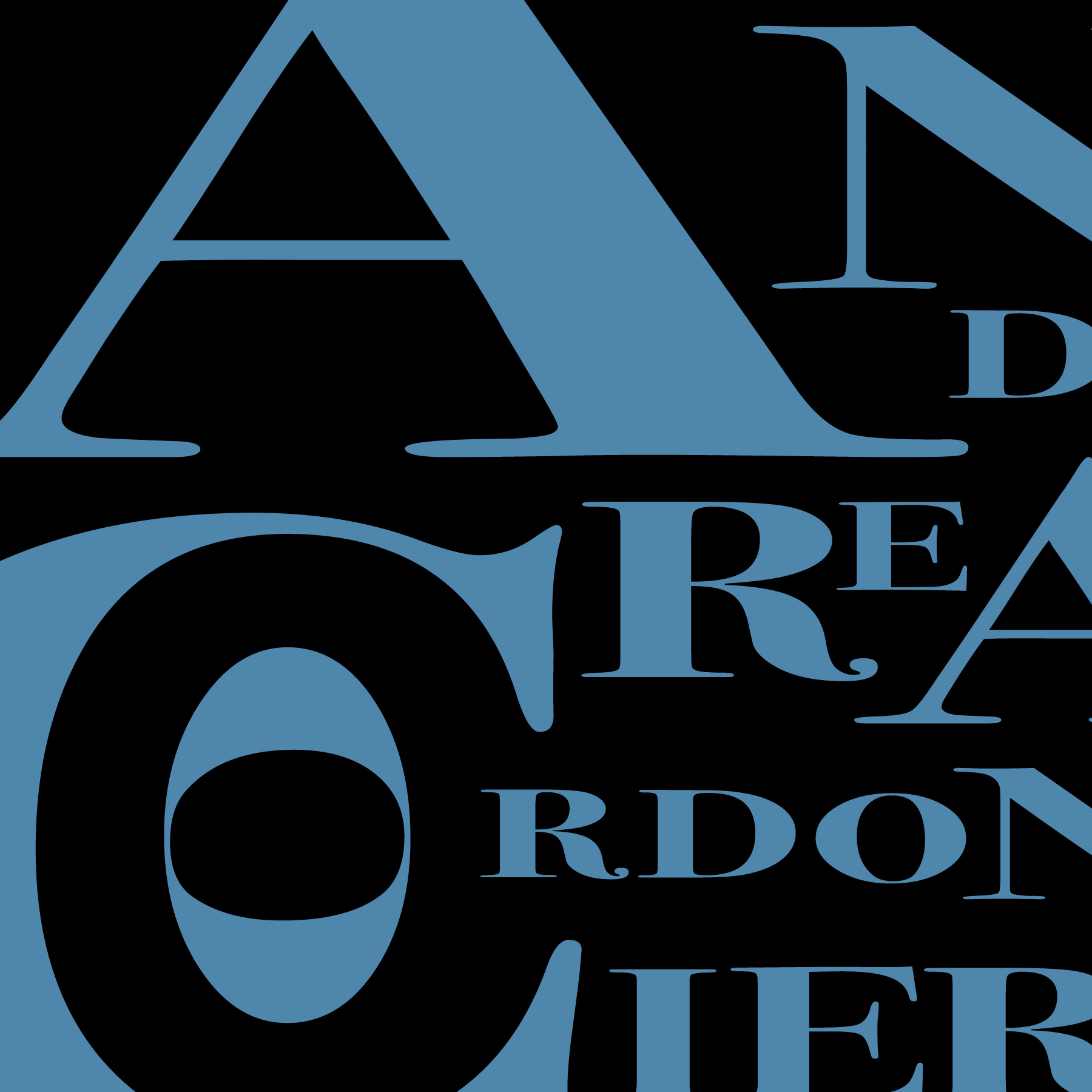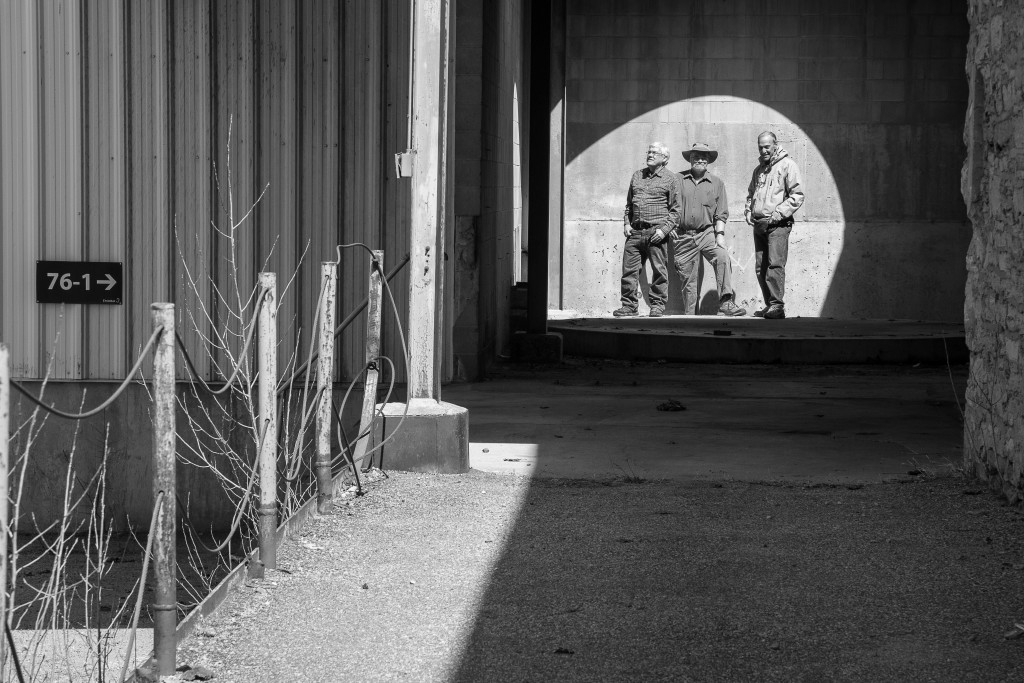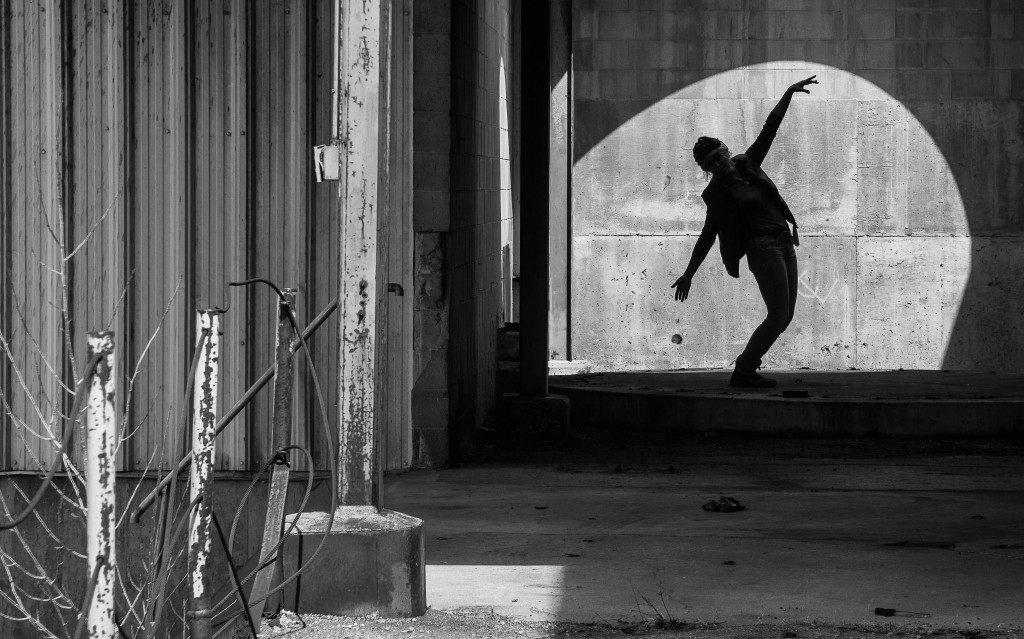I had the pleasure of photographing the Domtar lands with a team of volunteers from the Workers History Museum in Ottawa.
Windmill Development Group, Inc. is poised to re-develop the land which has been home to pulp and paper giants E.B. Eddy and Domtar since 1891. Because of the placement of the buildings, there isn’t much of a view of Chaudiere Falls from the street. However a few interior windows provide a broader look at the topography. It takes little imagination to see why this land – islands in the middle of the rushing river between Ottawa and Gatineau – is the most coveted real estate in the city and a traditional sacred site for the Algonquin people.
Our work is an exercise in documenting and cataloguing. It requires systematically photographing each building from top to bottom, beginning with overviews (ceiling, walls, floor) followed by detail work, including room and object measurements. It’s intense and methodical work that requires us to always keep moving forward. Taking part in the project meant developing some new habits: I needed to slow down, use a tripod, and become more measured in my approach. It was the perfect excuse to dig deeper into my camera’s manual and stretch beyond my photographic comfort zone.
But because too much work and not enough play makes Jack a dull boy, we steal the occasional break to take advantage of the light, shadow play and textures which are ubiquitous inside and out. It’s like recess when we pause at a logical place, set our white boards and measuring tapes aside, and run around like kids, exploring with our own personal mind’s eye view. Today, working outside in the sunshine, an enormous pool of overhead light became a natural theatre set. It didn’t take much arm-twisting to marshall the boys into the spotlight.
And then it was my turn. Paul directed me forward by a foot and I became a glorious silhouette. The best things about hanging with other photography enthusiasts? You don’t have to explain the rule of thirds or tell them what button to press. They see what you see and more.
Most of the buildings we’ve explored are astonishing and dream-like; patinas, colours, markings, signs, graffiti, textures, the old-growth timber beams and even the detritus add to the delight. It’s every urban explorer’s dream-come-true because of the shear volume of everything. For my first few shooting days I was overwhelmed, my vocabulary reduced to a monosyllabic “Wow!”
The team has been working for nine months and Paul Harrison, the project lead, anticipates it will take another six or so to reach completion. We are fortunate to be part of the living history of the place, creating a snapshot in time when everything about the land and buildings is about to change.
Further reading:
A Day in the Life of a WHM Volunteer at the E.B. Eddy Mill – Part 1
A Day in the Life of a WHM Volunteer at the E.B. Eddy Mill – Part 2
A Day in the Life of a WHM Volunteer at the E.B. Eddy Mill – Part 3
A Day in the Life of a WHM Volunteer at the E.B. Eddy Mill – Part 4


